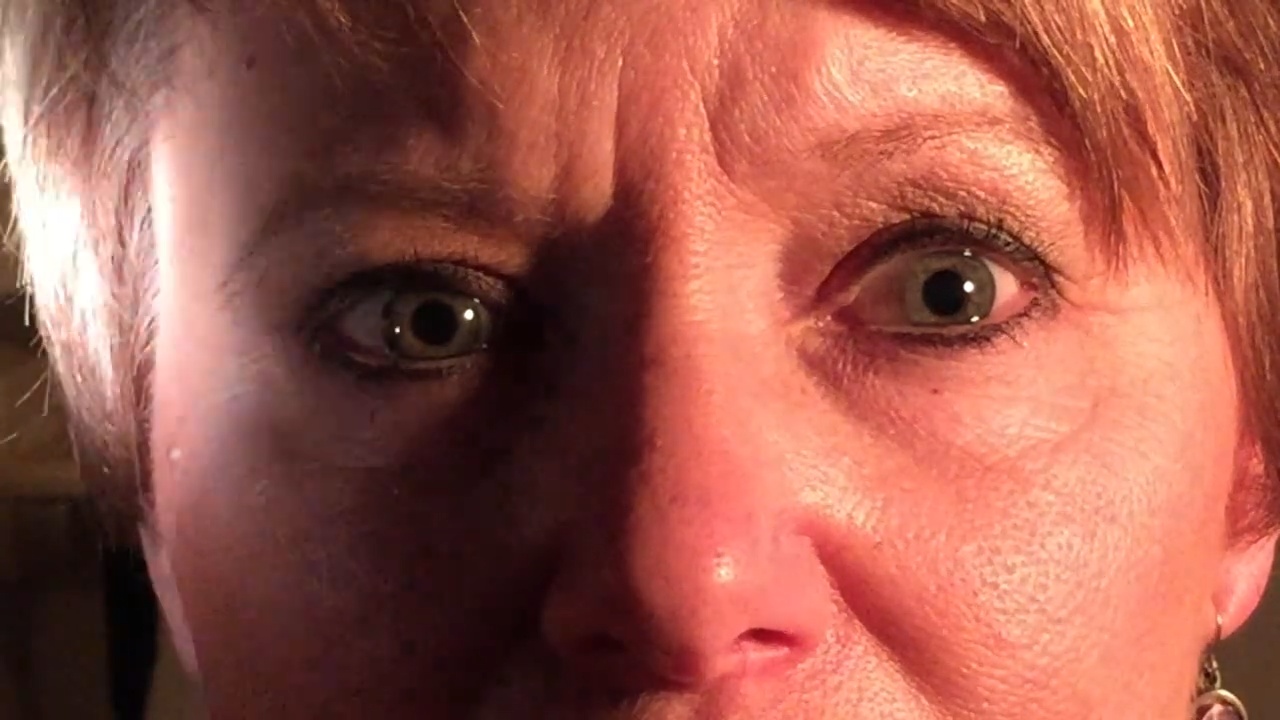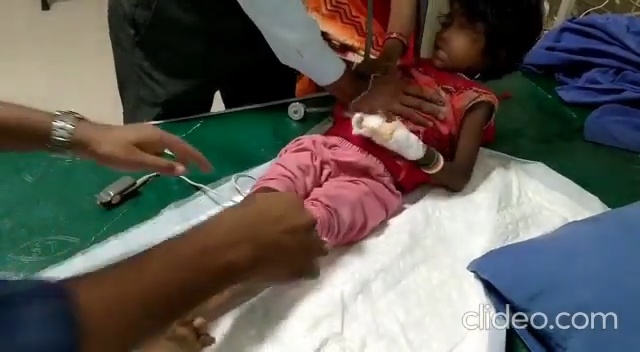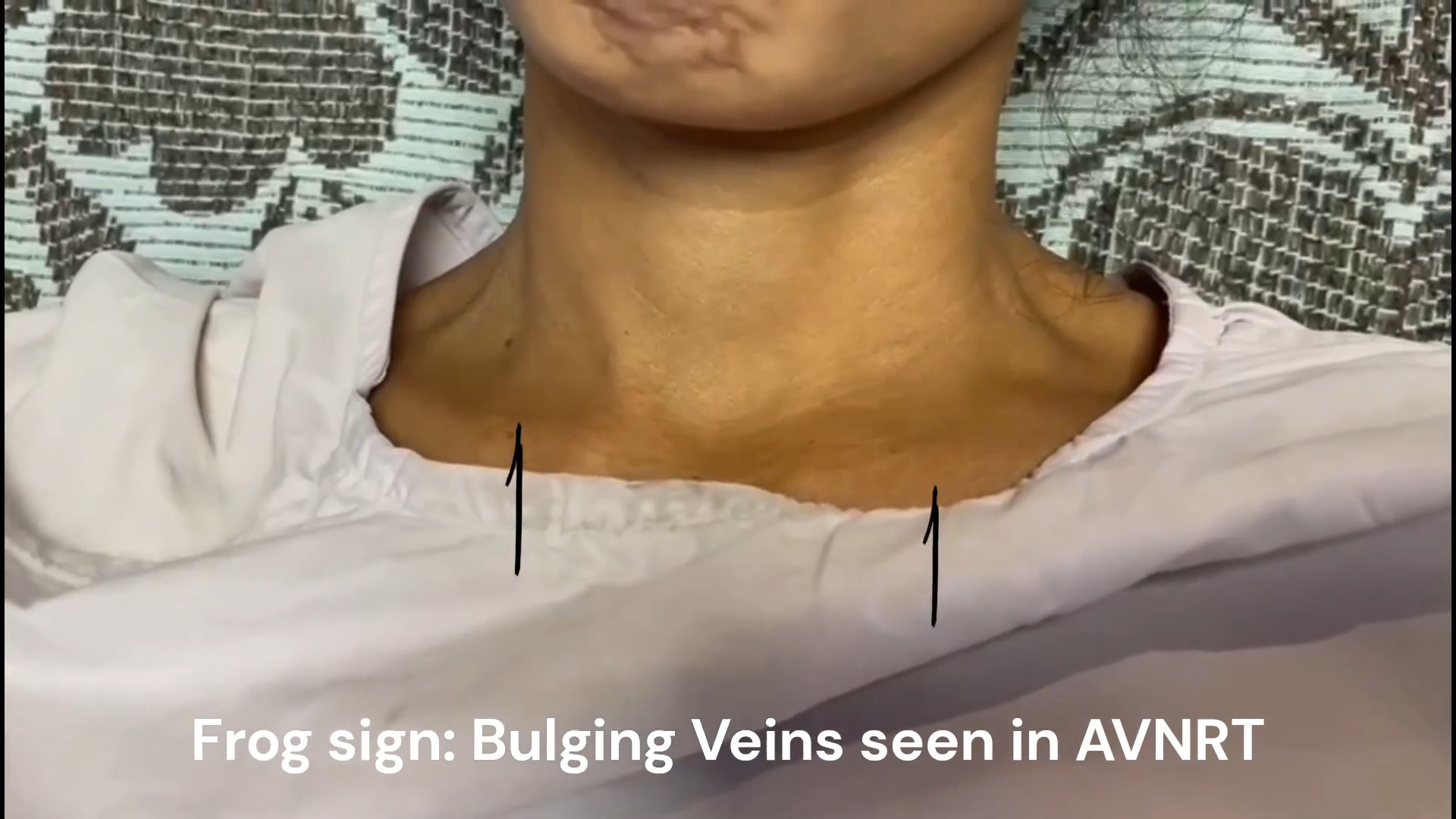Clubbing
Clubbing refers to a painless enlargement of the ends of fingers or toes, giving them a bulbous or drumstick appearance with increased nail curvature. It is often a sign of chronic disease, especially of the lungs, heart, or gastrointestinal system.
🔍 Definition
Clubbing is the broadening and thickening of the fingers or toes due to proliferation of connective tissue beneath the nail bed.
🧠 Mechanism / Pathophysiology
Exact cause unknown.
Believed to involve:
Increased blood flow to distal phalanges
Vascular endothelial growth factor (VEGF) release due to chronic hypoxia
Platelet-derived growth factor (PDGF) and megakaryocyte fragments stimulating tissue growth
👀 Clinical Features / Stages (Lovibond’s Stages)
Fluctuation of nail bed – nail bed becomes spongy
Loss of Lovibond’s angle – normal angle between nail and nail bed (<160°) increases (>180°)
Increased curvature of nail (both longitudinal and transverse)
Drumstick appearance – bulbous enlargement of fingertip
Hypertrophic osteoarthropathy (advanced) – periostitis of long bones with joint pain and swelling
🧪 Differentiation
Feature Normal Clubbed
Lovibond angle <160° >180°
Nail bed feel Firm Spongy
Profile sign Visible gap No gap
⚕️ Causes of Clubbing
🫁 Pulmonary causes (most common)
Bronchogenic carcinoma (lung cancer) – most common cause in adults
Bronchiectasis
Lung abscess
Empyema
Cystic fibrosis
Interstitial lung disease
❤️ Cardiac causes
Cyanotic congenital heart disease
Infective endocarditis
Atrial myxoma
🍽️ Gastrointestinal / Hepatic causes
Cirrhosis (especially biliary cirrhosis)
Inflammatory bowel disease (Ulcerative colitis, Crohn’s disease)
Malabsorption syndromes
Liver abscess
🦴 Miscellaneous
Familial (hereditary)
Thyroid acropachy (in Graves’ disease)
Idiopathic
⚠️ Important Associations
Unilateral clubbing → Aneurysm or malignancy of one side of the thorax
Clubbing + joint pain → Hypertrophic osteoarthropathy
Rapid onset clubbing → Often malignancy (e.g., lung cancer)
🧩 Mnemonic for Causes of Clubbing — “CLUBBING”
C – Cyanotic heart disease
L – Lung cancer, Lung abscess
U – Ulcerative colitis
B – Bronchiectasis
B – Bronchial carcinoma
I – Idiopathic / Interstitial lung disease
N – Neoplasm (thoracic)
G – GI diseases (Cirrhosis, Crohn’s, etc.)
🔍 Definition
Clubbing is the broadening and thickening of the fingers or toes due to proliferation of connective tissue beneath the nail bed.
🧠 Mechanism / Pathophysiology
Exact cause unknown.
Believed to involve:
Increased blood flow to distal phalanges
Vascular endothelial growth factor (VEGF) release due to chronic hypoxia
Platelet-derived growth factor (PDGF) and megakaryocyte fragments stimulating tissue growth
👀 Clinical Features / Stages (Lovibond’s Stages)
Fluctuation of nail bed – nail bed becomes spongy
Loss of Lovibond’s angle – normal angle between nail and nail bed (<160°) increases (>180°)
Increased curvature of nail (both longitudinal and transverse)
Drumstick appearance – bulbous enlargement of fingertip
Hypertrophic osteoarthropathy (advanced) – periostitis of long bones with joint pain and swelling
🧪 Differentiation
Feature Normal Clubbed
Lovibond angle <160° >180°
Nail bed feel Firm Spongy
Profile sign Visible gap No gap
⚕️ Causes of Clubbing
🫁 Pulmonary causes (most common)
Bronchogenic carcinoma (lung cancer) – most common cause in adults
Bronchiectasis
Lung abscess
Empyema
Cystic fibrosis
Interstitial lung disease
❤️ Cardiac causes
Cyanotic congenital heart disease
Infective endocarditis
Atrial myxoma
🍽️ Gastrointestinal / Hepatic causes
Cirrhosis (especially biliary cirrhosis)
Inflammatory bowel disease (Ulcerative colitis, Crohn’s disease)
Malabsorption syndromes
Liver abscess
🦴 Miscellaneous
Familial (hereditary)
Thyroid acropachy (in Graves’ disease)
Idiopathic
⚠️ Important Associations
Unilateral clubbing → Aneurysm or malignancy of one side of the thorax
Clubbing + joint pain → Hypertrophic osteoarthropathy
Rapid onset clubbing → Often malignancy (e.g., lung cancer)
🧩 Mnemonic for Causes of Clubbing — “CLUBBING”
C – Cyanotic heart disease
L – Lung cancer, Lung abscess
U – Ulcerative colitis
B – Bronchiectasis
B – Bronchial carcinoma
I – Idiopathic / Interstitial lung disease
N – Neoplasm (thoracic)
G – GI diseases (Cirrhosis, Crohn’s, etc.)





















Medical Student
This was incredibly helpful for my upcoming exam. Thank you!
Nursing Professional
Great explanation of the ECG changes in hyperkalemia!